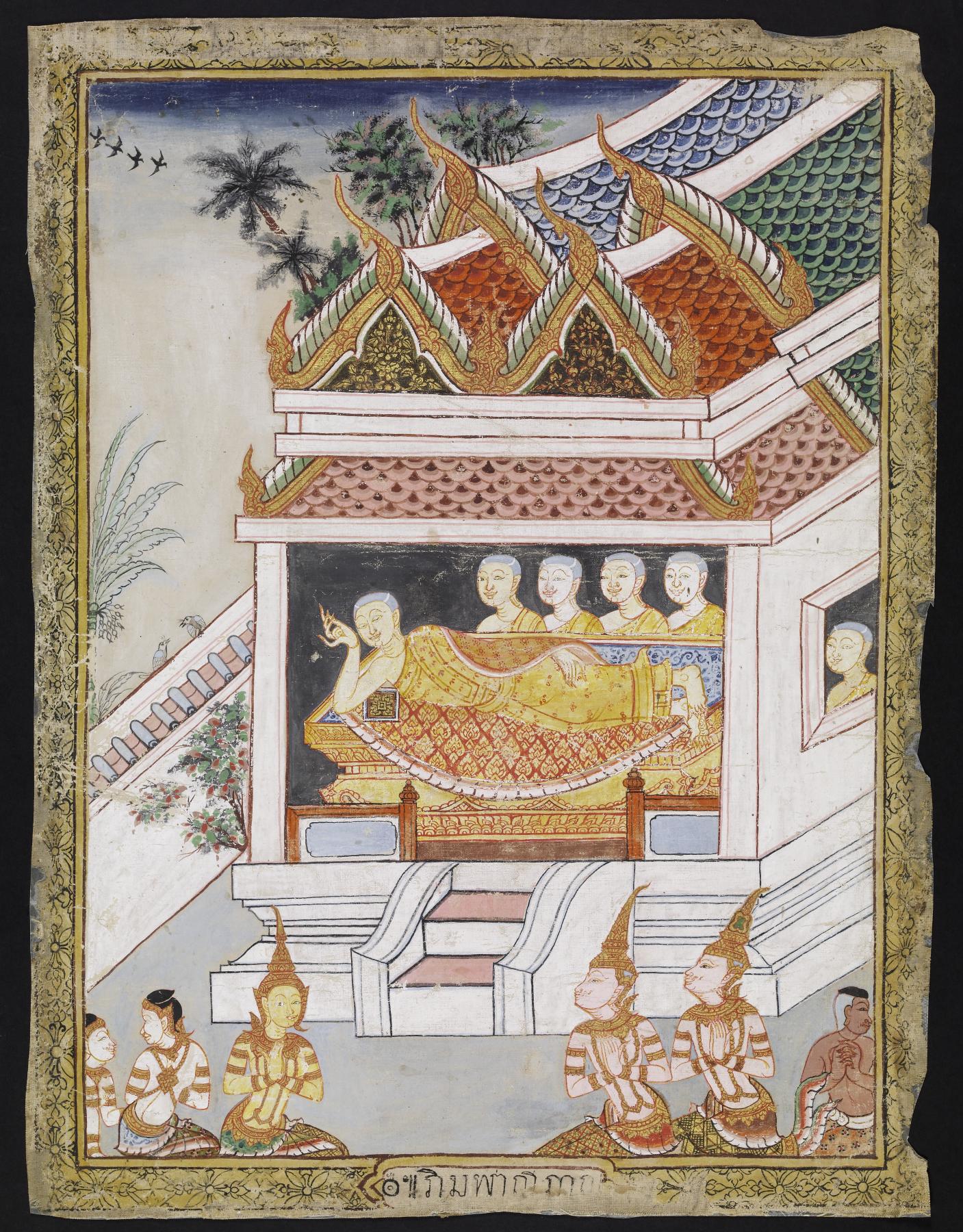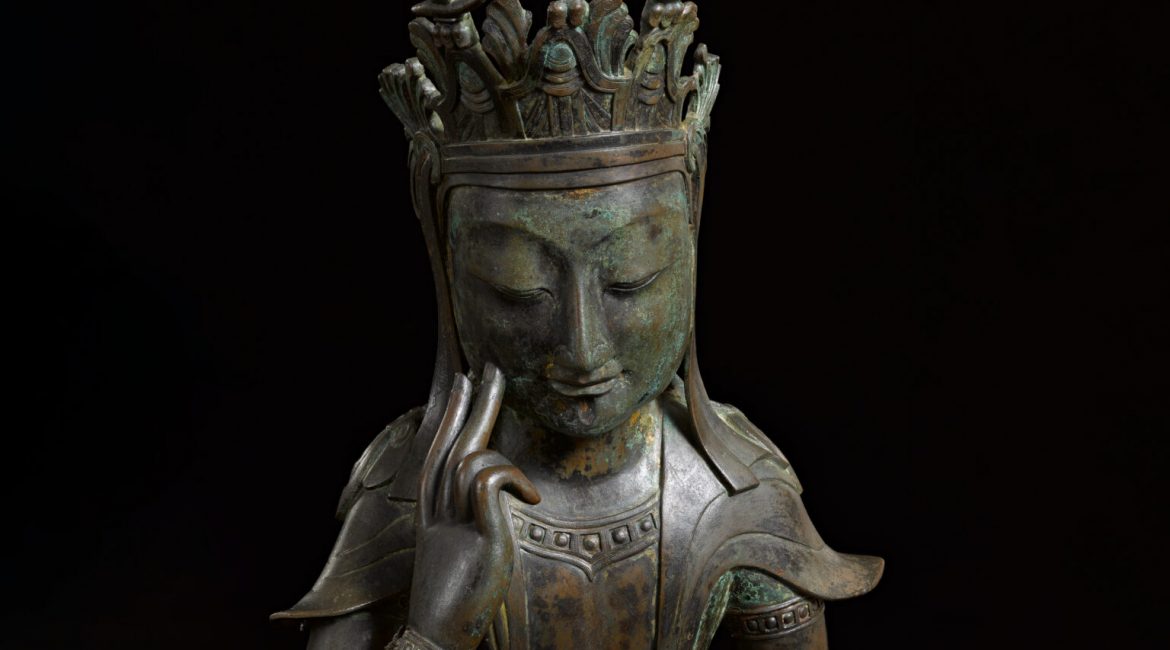I was recently discussing the Parinibbana (Sanskrit: Parinirvana) of Yasodhara with a Theravada monastic who is raising awareness about the date of her death. This year, it fell on March’s full moon, known in Pali as Phagguṇa Puṇṇamī and Sanskrit as Phalguna Purnima. This was especially important given the added significance of March being Women’s History Month.
We will be addressing this critical date of Yasodhara’s passing later in early April. Yasodhara is better-known as the Buddha’s wife, but most Buddhists would know that she was one of the founding figures of the women’s monastic order, and that she became a supremely enlightened arahant (Sanskrit: arhat). Even in conventional Buddhist circles, it is relatively unusual to see bhikkhunis, and the communities they lead, commemorating arahant bhikkhunis like Yasodhara, Mahaprajapati, and many others that are mentioned in multiple traditions of Buddhist scripture.
The conversation moved to the reality that even though there are plenty of surviving archeological sites and items of enlightened bhikkhunis that became theris and arahants in South and Southeast Asia, they are currently in the control of either monks or key laymen. More broadly, when it comes to modern South and Southeast Asian Theravada Buddhism, the non-ordained nuns (which constitute the majority of female monastic practitioners) have been very much under the control of the male monks for a long time.
That men are in charge of these holy sites’ governance and preservation is not the problem. It is not even the problem that they refuse to tell or are ignorant of the women’s stories. Rather, it is the fact that too many of these monks and authorized laymen do tell their stories, but not as representatives of the women living and dead, but as (I quote) “their owners and masters.” With a deeply inculcated sense and entitlement of being said exclusive, rightful owners and masters.

I proposed that this systemic problem meant that one would need a strategy for the enterprise of building a patient and global movement to reconstitute a center of power. This would mean a strategy that is non-confrontational, retaining fidelity to harmonious means in Theravada cultures, but undermines the outdated ways while boosting those that support gender equity.
The deployment of historical-critical scholarship and the media would be, of course, central to such an approach, along with mobilizing as broad a base of support as possible, one that is inclusive, non-sectarian, and welcomes all genders. Men would be allies, and Buddhists of the Mahayana and Vajrayana enlisted.
In some senses, even the raising of awareness online, particularly through social media, is making a critical difference. And there are solid results, such as those in Sri Lanka, where Yasodhara and the example of her life are currently enjoying a period of greatly renewed eminence. Her case study highlights how re-accessibility of the ancient 2nd century BCE stupa in which her relics were enshrined, and some of her relics’ re-enshrinement in a new stupa of her own in Sri Lanka, has made such a big difference for people.
Although my monastic friend agreed, she said that a Buddhist strategy really is simply Buddhism. Such a “game plan” or “playbook” for all seasons would be to look at and undermine what feeds ignorance and neutralize or disempower the causes of hindrance and harm. It would be the thinking Buddhist’s task to displace, like overfilling a cup full of muck with the mountain stream’s water, such causal factors with what is what is helpful, supportive, encouraging, uplifting, and liberating.
“Use the Buddha’s own means to do so.” My monastic friend pointed out how we should look at how the traditions “made” arahantas, awakened and liberated individuals (in this case, female individuals).
What is hindering that today?
What can we do to change that, and turn this into a mass awakening story? It is not only feminism and gender justice, but social movements more broadly. It is statecraft and policy, culture and art, literature, economics, and more. What could we do to engender mass awakening stories across the entire spectrum of the human condition?
Whatever you wish to call it – Buddha aim, a liberating strategy, or the Buddha-effect – the wheel must turn so that a new Buddha-era can be created in this epoch of embedded technology supreme. It might not be the same Buddha-era as that of when the Blessed One walked the earth, but it would be a Buddha-era nevertheless.
Related features from BDG


